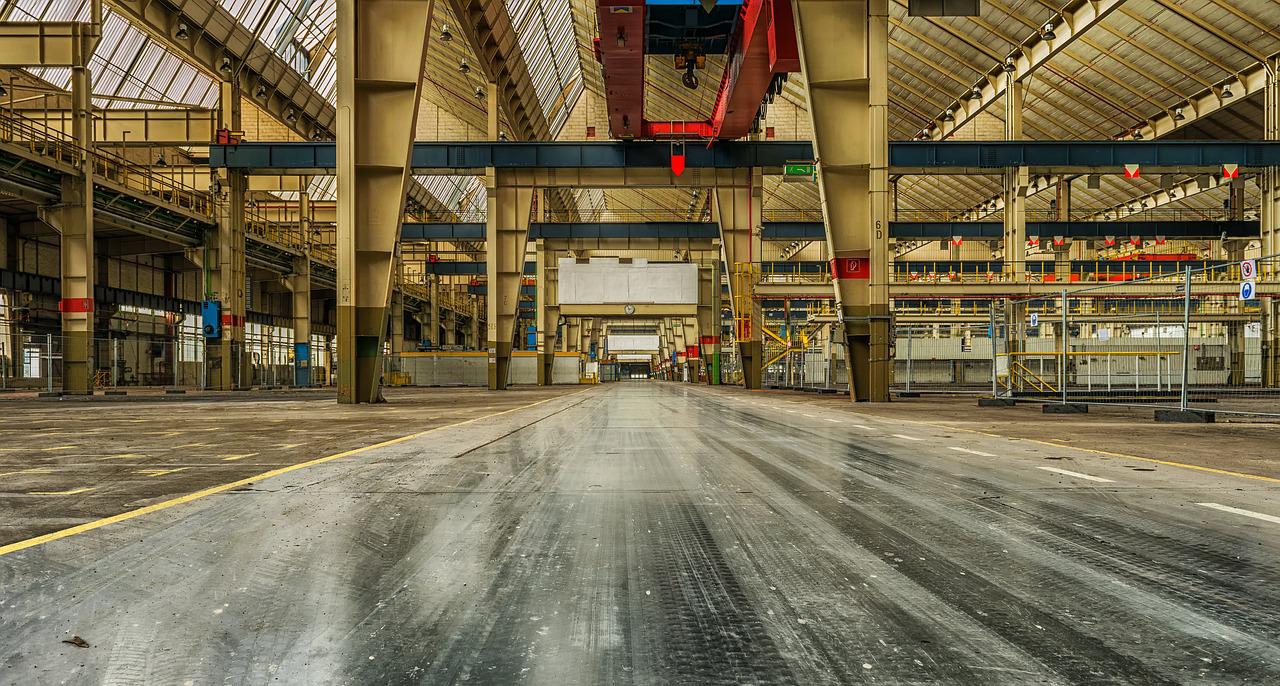Over the past few years, the transformation of the trucking industry has proceeded exponentially, with the components, including advancement in technology, sustainability, and regulatory changes, being incorporated. Now that 2025 is here, you might want to know how these trends, among others, will continue to shape the trucking industry.
Whether you own a trucking company, are looking to start a freight and logistics business, or are a truck driver, knowing what the new year brings to the industry can prime you to succeed. Will the industry see more semi-trucks? What will the progression of self-driving trucks be? Will the industry witness more of them? And for the drivers, will jobs be lost to self-driving technology?
Such questions as these and any other concerns you might have will be answered in this article. It’ll present eight key trends driving the trucking industry in 2025. Grab a coffee or something chill and read on to find out what the new year holds for haulers.

1. Electric Trucks Take Center Stage
Gone are the days when electric vehicles were a prospect for the future. Today, they are turning into a practical reality, even for trucking.
Due to strict emissions regulations, almost all major manufacturers are launching their new electric models, boasting an impressive range with fast charging capability, while financial benefits in fuel and maintenance costs make EVs even more attractive.
Besides, as you’ll see in the trucking news, people are increasingly willing to work with companies that contribute to a sustainable future; hence, your investment in EVs may pay off as an investment in your brand reputation.
2. Autonomous Trucks Gain Traction
Think about trucks driving themselves while you work on enhancing the logistics. A lot has happened in the world of self-driving cars, and for those keeping score, Waymo and Aurora are at the forefront of such things. Such driverless trucks confer key benefits, such as cutting down on human error, reducing labor costs, and raising efficiency.
So, while you may not necessarily expect to see fleets of fully autonomous rovers in 2025, be sure that semi-autonomous features like lane-keeping and adaptive cruise control would be the minimum commonplace. Now is a good time to prepare yourself for the coming switch of gears.

3. The Push for Sustainability
It’s no longer optional; sustainability has become a business imperative. With greater legislation and awareness by customers, your fleet operation will be under more pressure to go greener.
This can range from substituting some conventional fuel with biodiesel or hydrogen, using routes to help minimize miles driven, and all the way to lighter-weight materials in vehicles that allow for better fuel economy.
These will help you save money in the long term, plus they appeal to more clients who have an interest in environmental sustainability.
4. Cybersecurity Becomes a Priority
In 2025, you can count on technology to further influence the trucking industry. This, however, is bound to introduce other technologies, such as fleet management and delivery monitoring systems, which equally introduce a lot of risks in terms of cybersecurity.
Hackers can hack your telematics system or even induce data breaches on your digital platforms. These threats have to be put under control lest they disrupt your operations. With that, investing in effective cybersecurity mechanisms becomes imperative for any investor within the trucking industry.

5. Advanced Telematics Revolutionize Fleet Management
Telematics systems will be the requisite tool for any fleet manager. By 2025, you will be compelled to believe in such advanced systems that keep a record of the real-time position of the vehicle, driver behavior, and route optimization.
Telematics also permits notifications for predictive maintenance so as not to have costlier breakdowns. By applying data, you are improving the safety of your drivers and vehicles, reducing operation costs, and making you more operationally efficient at a competitive advantage.
6. Increased Use of AI and Machine Learning
AI and machine learning are the future in how you will approach both logistics and decision-making. AI-powered tools can interpret reams of data to make predictions on demand, point out inefficiencies, and optimize your supply chain.
From fuel consumption to predicted delivery times, these are technologies that will make smarter and better-informed decisions.
7. The Growth of Last-Mile Delivery
E-commerce is growing fast, and so are the needs for last-mile delivery. You likely can feel it yourself: customers are asking for quicker options and more flexibility in the method of delivery.
The industry itself has become a witness to rising urban delivery solutions involving smaller trucks, drones, and autonomous delivery robots.
Therefore, invest in last-mile innovations to keep up with customer expectations and unlock new revenue streams.

8. The Rise of Digital Freight Platforms
Gone are the days when one called and emailed people to book freight. In this modern age, digital freight platforms such as Uber Freight and Convoy connect the dots perfectly, while algorithms make matching freight with trucks so smooth, leaving fewer and fewer empty miles.
You will be able to optimize the load rate, reduce downtime, and be at par with the fast-changing technology market with such tools.

Conclusion
The trucking industry has changed at a pace nobody ever envisioned. As such, only companies that will occupy center stage have the best shot at succeeding in the freight and logistics sector.
From the rise of electric trucks and AI to sustainability and cybersecurity, the eight trends discussed here will surely reshape how you work in 2025.
Therefore, be aware and innovative to set yourself up for success in the new year and beyond. Now is the time to adapt, invest, and lead the way in an industry that’s driving the global economy forward.






